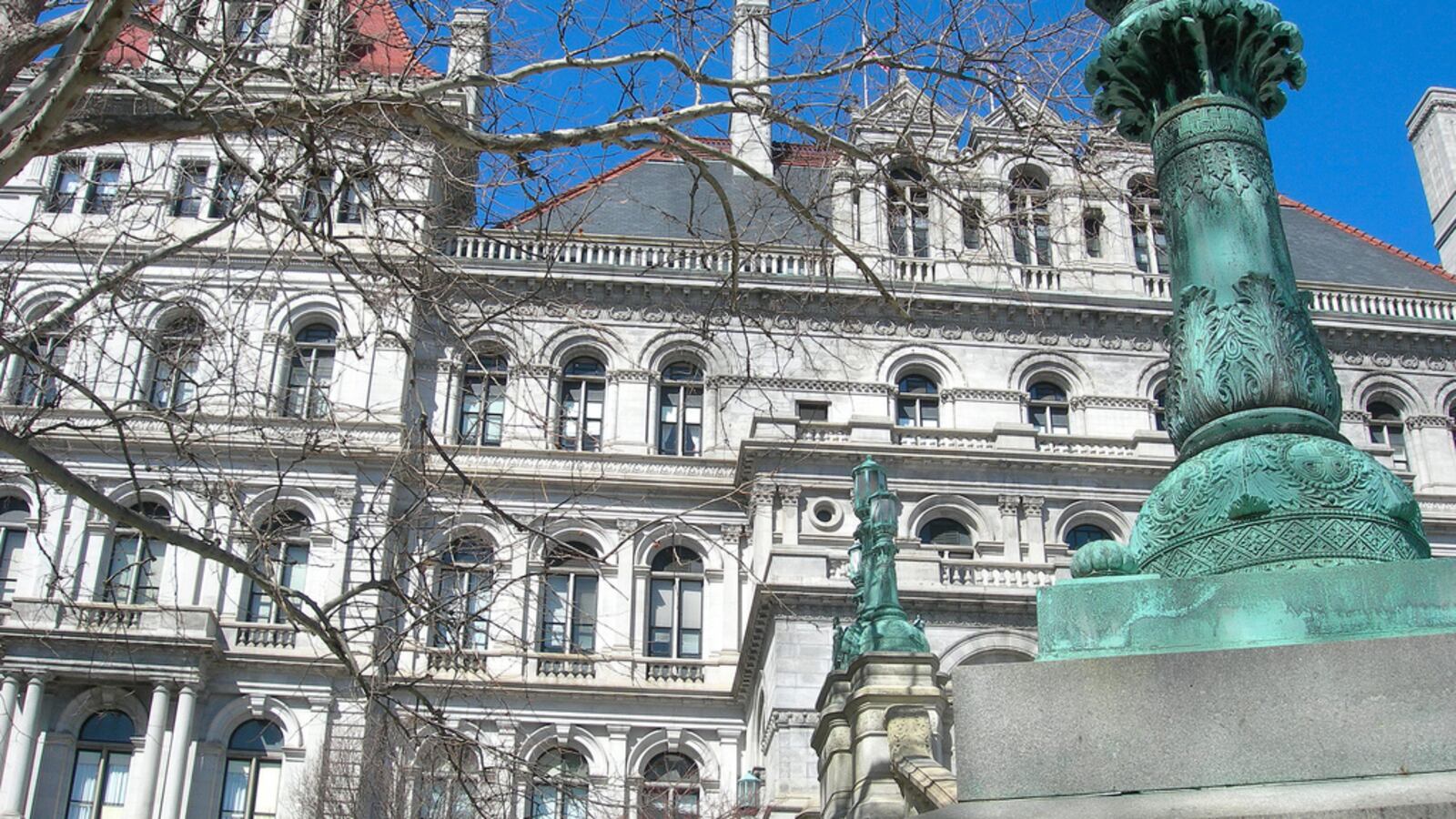As state lawmakers approach the budget deadline of April 1, the three big proposals are now on the table.
The Senate passed a budget proposal on Wednesday that includes a new vision for college affordability, a different take on school funding, and more support for charter schools. Now that the Senate, Assembly and governor’s proposals are public, the three will begin hammering out a final budget deal.
Here are some of the education proposals championed by the Senate:
— The Senate education proposal increases total school aid by $1.2 billion. That’s more than the $1 billion increase that the governor proposed, but less than the Board of Regents ($2.1 billion) or the Assembly ($1.8 billion) requested.
The Senate also addresses “foundation aid” — school funding that is distributed through a formula based on need. The formula was created in response to a 2006 settlement in response to the Campaign for Fiscal Equity lawsuit, which found state funding levels were not always sufficient to provide a sound basic education.
It has generated extra controversy this year after Governor Andrew Cuomo proposed not fully phasing in the formula, a move some advocates described as a “repeal” of the agreement. Instead of picking sides, the Senate opted for a new way to allocate funds.
The Senate proposes providing more foundation aid than the governor, but divvying up that money among new funding streams. Funds would be specifically earmarked for New York City, community schools, small cities and rural districts among other entities, according to Billy Easton, executive director of the Alliance for Quality Education, an advocacy organization that has long fought for increased school funding.
Easton says from his initial read of the proposal, this new formula would result in less funding for New York City than under the current formula.
“The goal is to drive money away from New York City and other high-needs school districts,” Easton said.
— The Senate rejects the governor’s “Excelsior Scholarship” — a plan that provides free tuition at SUNY and CUNY schools to families making less than $125,000 per year — but provides a college affordability plan of its own.
Its plan invests in the state’s existing Tuition Assistance Program, which can be used at both public and private colleges. The governor’s plan has been criticized for disadvantaging private colleges.
The benefits of the Senate’s plan would fall mostly on middle- and upper middle-income families, said Kevin Stump, Northeast regional director for Young Invincibles, a group that encourages young adult activism on a range of issues. Families earning about $50,000 to $125,000 would benefit the most, while some lower-income students would see an increase of a few hundred dollars per year, he said. As with the governor’s plan, the money comes with strings attached. In this case, he said, it includes a requirement that students take 30 credits each year and meet GPA standards.
— To nobody’s surprise, the Senate’s budget provides strong support for charter schools. It carries over the perks in the governor’s executive budget, including lifting the charter school cap in New York City, unfreezing the charter school tuition formula and providing additional funding to New York City charter schools moving into private space.
But the Senate goes further than the governor in its backing of charter schools. It calls for lifting the charter school cap statewide, providing building aid statewide, and increasing funding so schools can cover the expenses of support staff, like nurses or security guards, said Greg Berck, assistant director of government relations at the Council of School Superintendents.
“Members of the New York State Senate … have once again shown their incredible commitment to charter school families,” said Northeast Charter Schools Network New York State Director Andrea Rogers. “We are grateful for this bipartisan coalition of senators who understand the importance of investing in charter schools that are working and respecting the choices of the families that choose them.”

